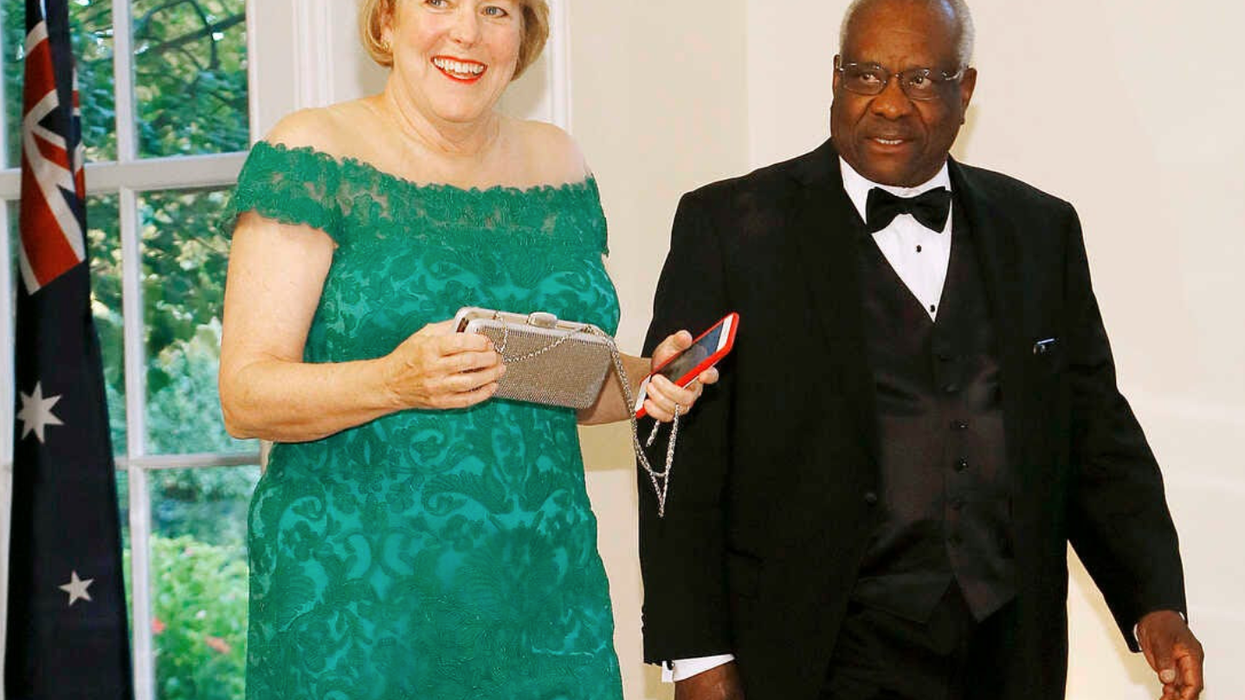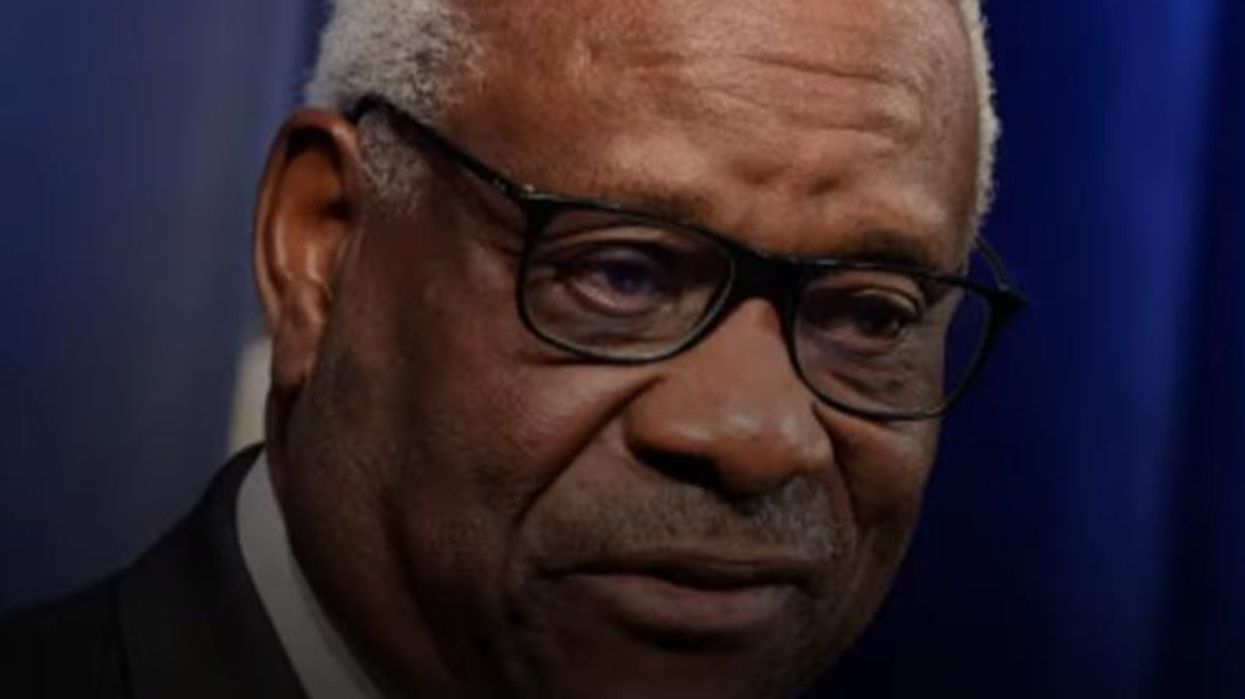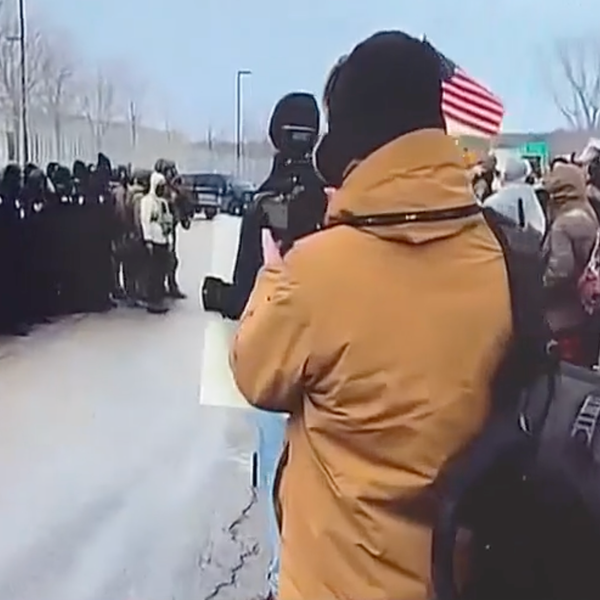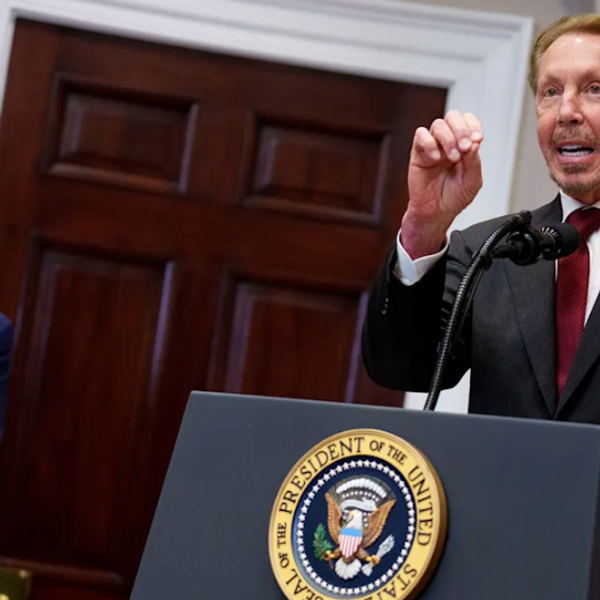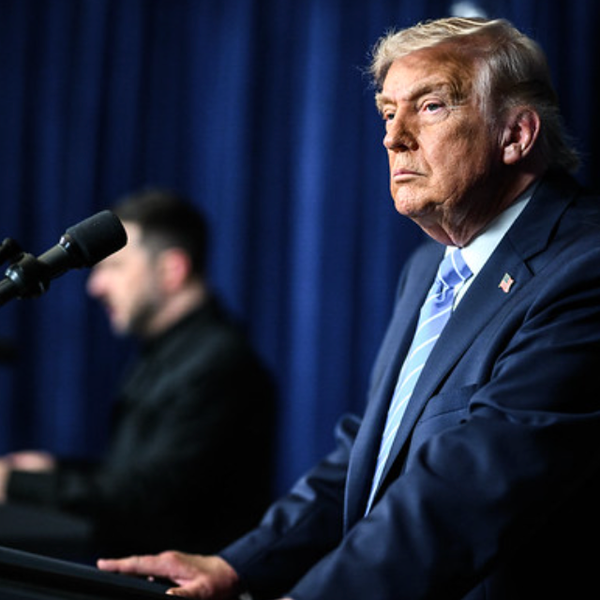Growing Pressure On Thomas To Recuse From Trump Cases (VIDEO)
The Colorado Supreme Court decision to remove Donald Trump from the state’s primary ballot is almost certainly headed to the U.S. Supreme Court. When it gets there, Justice Clarence Thomas should not be allowed to participate in the court’s deliberations. That’s the message from retired Judge LaDoris Cordell, discussing the issue on MSNBC’s All In with Chris Hayes Tuesday night.
“There should be only eight justices on the Supreme Court hearing this case when it comes up,” Cordell told Hayes.
I say that because Clarence Thomas has no business hearing this case. Why? Because his wife was a major player in the whole insurrection. And he should, he should, if he had principles, recuse himself. But I will guarantee you this: Clarence Thomas will recuse himself when Ginni flies.
That’s where Chief Justice John Roberts comes in: If Thomas won’t recuse himself, Roberts has to make it happen. That’s the message Sen. Richard Blumenthal of Connecticut sent to the chief justice on Tuesday. It was sent before the Colorado court ruled, but it remains relevant. The Democratic Judiciary Committee member urged Roberts to “take appropriate steps to ensure that Justice Clarence Thomas recuses himself” from one of the other pending cases related to the Jan. 6 insurrection.
“The federal recusal statute requires that any ‘justice, judge, or magistrate judge … shall disqualify himself in any proceeding in which his impartiality might reasonably be questioned,’” Blumenthal writes. “In addition, recusal is required when a Justice ‘or his spouse … is known by the judge to have an interest that could be substantially affected by the outcome of the proceeding; [or i]s to the judge’s knowledge likely to be a material witness in the proceeding.’”
There’s precedent, as Blumenthal points out. Back in October, Thomas recused from deliberations as to whether the court should take an appeal from John Eastman, the architect of many of Trump’s efforts to overturn the 2020 election who was also a close contact of Ginni Thomas. That might be precisely why Thomas recused: The appeal was over the release of emails to the House Jan. 6 committee, and plenty of those emails would have been between Ginni Thomas and Eastman. With the Jan. 6 committee long disbanded, the Supreme Court declined to hear the appeal and Thomas didn’t explain why he didn’t participate in that decision.
Blumenthal cited that recusal in his letter to Robert, saying it was “proper” and should be repeated, in this case regarding the pending case concerning Trump’s presidential immunity from prosecution. He wrote that considering “Mrs. Thomas’s involvement in challenging the 2020 election results, Justice Thomas’s impartiality in a related case ‘might reasonably be questioned,’ giving rise, at a minimum, to an appearance of a conflict of interest.”
House Democrats have also weighed in, directly asking Thomas to recuse. As Cordell says, he’ll do that “when Ginni flies.” Roberts needs to make it happen. As Blumenthal points out in his letter, Roberts and the court just made a big point of releasing a code of conduct, which they insist has been informally guiding the justices all along. As Blumenthal points out, though, it “very unfortunately does not provide any enforcement mechanism,” but “it mirrors the statutory standard for recusal.” If Thomas won’t do it himself, Blumenthal tell Roberts, “it is incumbent upon you to assure that the Code is followed to ‘dispel the misunderstanding’ that ‘Justices … regard themselves as unrestricted by any ethics rules.’”
That’s true for the immunity question. It’s true for this Colorado case and for any case coming to the court involving Trump’s—and Ginni Thomas’—efforts to subvert the 2020 election.
Reprinted with permission from Daily Kos.

